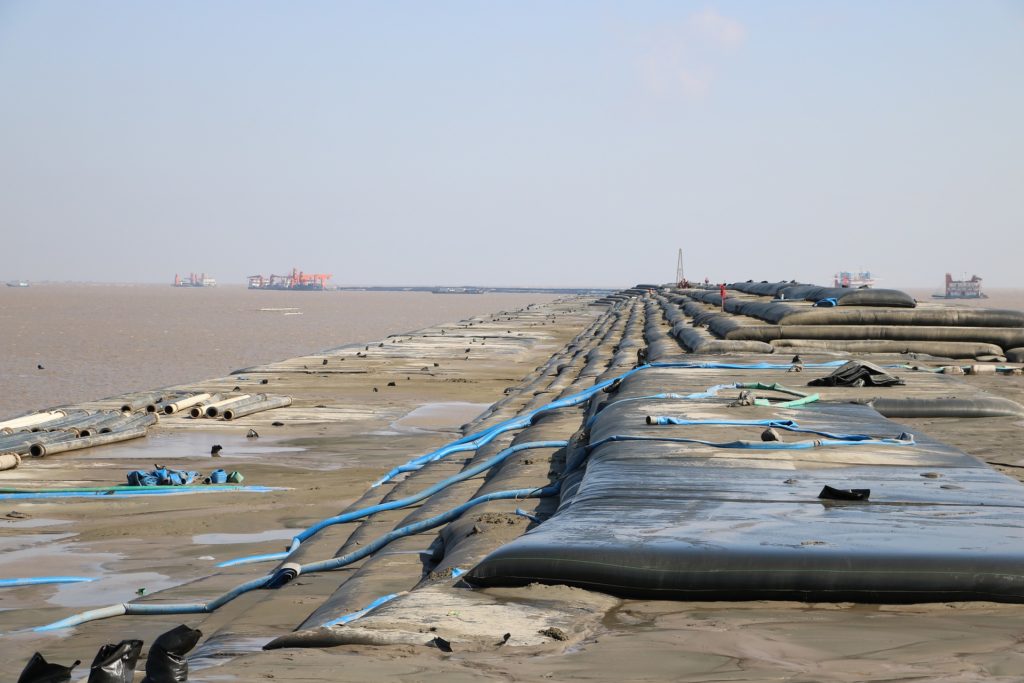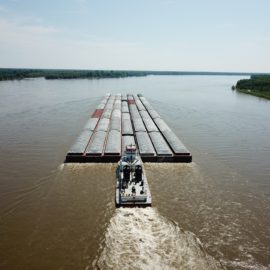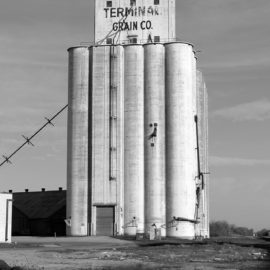
No more sandbags? The upper Barataria levee project is approved. Let the building commence so congress do your thing.
The proposed 30.6-mile-long Upper Barataria hurricane levee system — designed as protection from storm surges for portions of seven parishes west of the existing West Bank and Vicinity levee system — has been approved by the head of the Army Corps of Engineers, clearing the way for Congress to potentially fund its construction. Lieutenant Gen. Scott Spellmon, chief of engineers for the Corps, told Army Secretary Christine Wormuth last week that the new system will cost $1.55 billion, with the federal government paying 65% of that cost and Louisiana paying 35%. Construction could begin as soon as 2026. In his report, Spellmon said the new levee would save an average $104 million a year in reduced flood damage, equal to an estimated $2 in reduced storm damage for each $1 of the levee system’s cost. “The Upper Barataria Basin Risk Reduction Project is one of the most important projects in the state’s coastal Master Plan,” said Chip Kline, chairman of the state Coastal Protection and Restoration Authority, which oversees coastal levee projects. “Today’s announcement marks a major milestone and moves us one step closer to congressional authorization and federal funding to provide hurricane protection to this region. CPRA worked hand-in-hand with (the Corps) and our congressional delegation to advance the project to this critical point.”
This system will have the same protection level as New Orleans and the West Bank.
The new levee system would be designed to block hurricane storm surges that have a 1 percent chance of occurring in any year, a so-called 100-year storm. That’s the same risk reduction standard that is required for the main New Orleans east bank and West Bank levees. First lifts along the path of the system from Luling to Raceland would elevate existing and new levees and floodwalls to 14 feet above sea level, with two segments to be raised to 16 feet. By the end of the levee system’s 50-year official lifetime, the levees would be elevated to 16 and 18.5 feet, largely to deal with expected sea level rise caused by global warming. The system’s earthen levees would be topped by a 10-foot-wide concrete path. The project would provide additional flood protection to portions of Ascension, Assumption, Jefferson, Lafourche, St. Charles, St. James and St. John the Baptist parishes, and is expected to reduce the number of times that U.S. 90 floods during storms in segments between Raceland and Luling. The system also will include a 270-foot barge gate across Bayou Des Allemands, two tidal exchange structures, two more gates, and five drainage structures.
There will be a cost as some homes will have to be bought to build the levees.
The project also sets aside enough money for the potential buyout of about 270 residential and five non-residential structures in the towns of Gheens, Mathews and Bayou Gauche. Those towns are located on the flood side of the new levee system, and will likely see higher water levels during surge events because of water building up on the new levees. Spellmon said the buyout alternative is a “worst-case future scenario,” and that the Corps will first determine whether existing levees around one or more of those communities might be improved or other alternatives might be found to avoid the high water. A Corps spokesman said no mitigation was needed for other communities farther away from the levee system, such as Jean Lafitte and Barataria, because modeling did not show they would be affected by increased water levels.
There will be positive environmental aspects of this system and the Rep Garret Graves is supporting this system.
The project also includes $93.3 million to pay for mitigation of the environmental damage caused by the system’s construction, with the money likely to be used to purchase credits in “mitigation banks,” privately owned projects that will restore marshes, swamps and hardwood forests. U.S. Rep. Garret Graves is expected to push for the project to be added to to the next Water Resources Development Act this spring. That bill is the vehicle by which Congress authorizes major Corps construction projects; if legislation is approved this year, construction funding could then be added to upcoming appropriation bills. “Rather than just making our homes worthless by charging unaffordable flood insurance rates, the solution is to build better protection and make our families safer. The Upper Barataria hurricane protection project does just that,” Graves said in a news release.
There was a third assessment of the model which reduced the cost by a bit.
Spellmon’s report is based on a third project study and environmental impact statement that was completed in December. The new study resulted in the project’s price being reduced by about $500 million. A Corps spokesperson said the change came after more in-depth modeling and analysis, which improved the accuracy of the system’s costs. Louisiana, as the non-federal sponsor of the project, will be required to pay for land, easements, rights-of-way, relocations, and any dredged or excavated material disposal areas the project requires. The Corps estimates that will cost about $132.3 million, including $84.2 million that might need to be spent on building buyouts. Once complete, the state or local levee authorities will be required to pay for operation, maintenance and repairs, which the Corps estimated would total about $2.2 million a year. In his report, Spellmon emphasized that the levee is designed to reduce the risk of property damage, but does not completely eliminate that risk. Surges caused by major hurricanes, Category 3 and above, might cause overtopping and flooding behind the new levee system. And the state, local governments and individuals will still be required to evacuate before major storms, he said.
More flood and water protection for the area, expanding the umbrella of levee protections.



